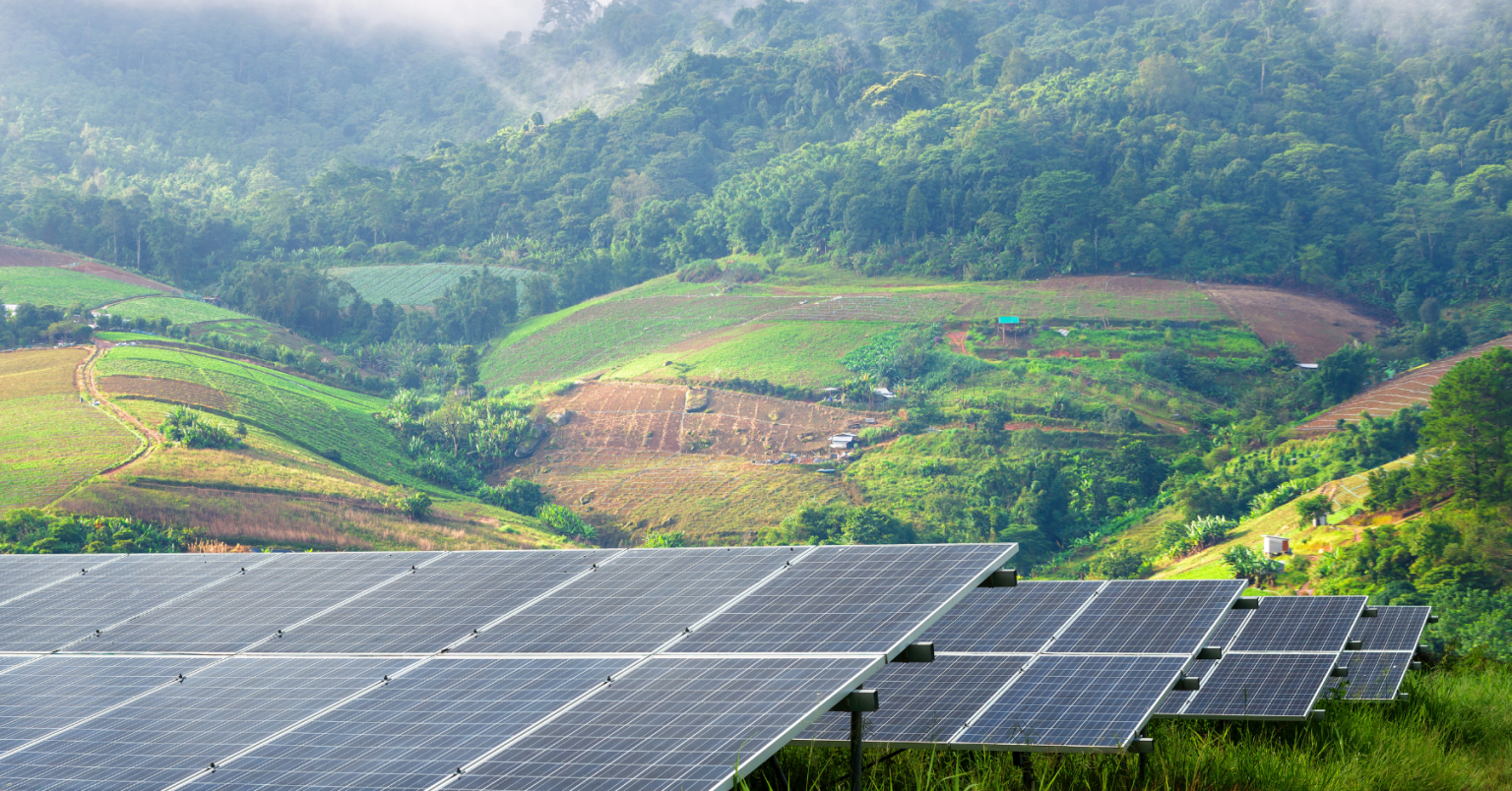South Asia is home to some of the world’s fastest-growing economies and a rising demand for energy.

With abundant sunshine throughout the year, solar power presents a viable solution for sustainable energy development.
However, not all countries in the region have the same potential for solar energy adoption. Factors such as climate, government policies, infrastructure, and economic viability play a crucial role in determining which country is most suited for solar energy.
Factors Affecting Solar Suitability
Before evaluating individual countries, it is essential to consider the key factors that influence solar energy potential:
- Solar Irradiance: The amount of sunlight a region receives.
- Government Policies: Incentives, subsidies, and regulatory frameworks for solar energy.
- Infrastructure: Grid capacity, land availability, and technology readiness.
- Economic Viability: Investment opportunities and cost of solar installations.
1. India – The Solar Giant of South Asia
Solar Irradiance: India receives an average of 5-7 kWh/m²/day of solar radiation, making it one of the best regions for solar energy production.
Government Policies: India has ambitious solar targets, with initiatives such as the Jawaharlal Nehru National Solar Mission (JNNSM), aiming for 500 GW of non-fossil fuel capacity by 2030. The government offers subsidies and tax benefits to encourage investment in solar projects.
Infrastructure: India has a well-developed solar infrastructure, with major solar parks like Bhadla Solar Park in Rajasthan, which is among the largest in the world.
Economic Viability: With decreasing solar panel costs and increased financing options, India remains the most attractive destination for solar investments in South Asia.
2. Pakistan – A Growing Solar Market
Solar Irradiance: Pakistan receives an average of 5.3 kWh/m²/day, making it suitable for large-scale solar energy production.
Government Policies: Pakistan has introduced net metering, solar financing schemes, and tax exemptions for solar equipment. The Alternative Energy Development Board (AEDB) is actively promoting solar projects.
Infrastructure: Although Pakistan has seen growth in solar installations, grid stability and energy storage remain challenges. The Quaid-e-Azam Solar Park in Punjab is a step towards large-scale solar implementation.
Economic Viability: The cost of solar energy in Pakistan is decreasing, and there is growing interest from international investors, but policy implementation needs improvement.
Interesting Read: Solar Vendors in Lahore.
3. Bangladesh – Leading in Solar Home Systems
Solar Irradiance: Bangladesh receives around 4-5 kWh/m²/day, making it suitable for solar energy, especially in rural areas.
Government Policies: The government has implemented solar home systems (SHS) for off-grid villages, benefiting over 4 million households.
Infrastructure: Grid expansion remains a challenge, but rooftop solar solutions and community solar projects are gaining traction.
Economic Viability: While large-scale solar projects are limited, micro-financing and incentives have made solar affordable for rural populations.
4. Sri Lanka – Small but Ambitious
Solar Irradiance: Sri Lanka receives around 5.5 kWh/m²/day, making solar energy a promising option.
Government Policies: The ‘Soorya Bala Sangramaya’ (Battle for Solar Energy) program promotes rooftop solar installations with attractive net metering options.
Infrastructure: While large-scale projects are still developing, Sri Lanka has made progress in integrating solar into its national grid.
Economic Viability: Investment opportunities in Sri Lanka’s solar sector are growing, with favorable government support.
Photo Suggestion: Rooftop solar panels on a building in Colombo.
Conclusion – Which Country is the Best?
While all South Asian countries have significant solar potential, India stands out as the best-suited country for solar energy due to its high solar irradiance, robust policies, developed infrastructure, and economic viability. However, Pakistan, Bangladesh, and Sri Lanka are also making strides in solar adoption, each with its unique advantages.
Investing in solar energy in South Asia presents immense opportunities for sustainable development and energy independence. With continued policy support and technological advancements, the region is poised for a solar revolution.